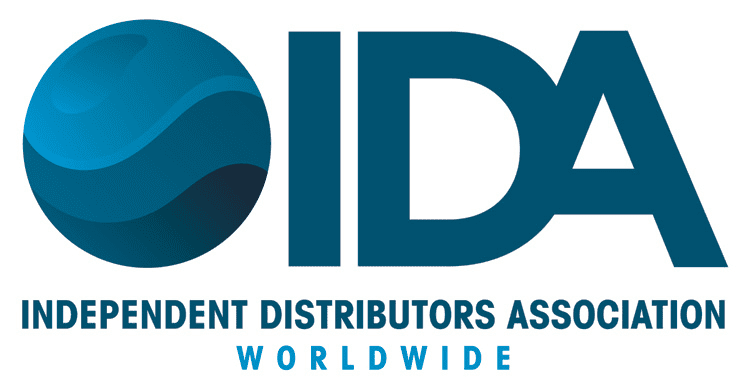What a "Strategic Pause" by OEMs Could Mean for U.S. Aftermarket Parts Distributors
At Bauma 2025, several major equipment manufacturers (OEMs) signaled a strategic pause on aggressive growth plans for the U.S. market, choosing instead to focus on sustainability, alternative fuels, and digital innovation. While this shift is largely at the OEM level, the ripple effects could significantly impact aftermarket parts distributors across the United States.
Here’s what this development could mean:
1. A Longer Service Life for Existing Equipment
With fewer new machines entering the U.S. market, contractors and fleet operators will likely extend the operational life of their current equipment.
Increased demand for parts: Distributors could see stronger sales of wear parts, repair components, and upgrade kits.
Focus on maintenance and refurbishment: Parts that help extend machine life (filters, hydraulics, engine components) may become core inventory staples.
2. Slower Introduction of New Parts Lines
As OEMs prioritize new-generation technologies (like hydrogen and electrification) — primarily for Europe and other innovation-focused markets — the flow of new models and their associated parts into the U.S. could slow.
Stable parts catalogs: Distributors may find that existing parts inventories remain relevant longer, reducing the need for frequent product updates.
Lower pressure to invest in new tooling or training for completely new equipment systems (for now).
3. Opportunity to Capture "Out-of-Warranty" Customers
With machines staying in service longer and warranties expiring, aftermarket distributors have a chance to capture more business from owners who no longer rely on dealer-supplied parts.
Emphasis on competitive pricing and availability will be critical.
Marketing toward independent service and repair shops may grow increasingly important.
4. Increased Competition — but Also Consolidation
If OEMs pull back slightly from direct U.S. investment, OEM-branded dealer networks may weaken somewhat, creating opportunities for aftermarket suppliers to win share. However, this could also intensify competition among distributors fighting for a larger slice of a stable — rather than growing — equipment base.
5. Preparing for the Next Wave of Technology
While the immediate outlook favors traditional parts, aftermarket distributors must still prepare for an eventual transition.
Electric drivetrains, hydrogen fuel systems, and smart sensors will ultimately reshape parts demands.
Building early relationships with parts makers for these technologies — even if they're not yet mainstream — will position distributors ahead of competitors.


